Kernel Regression and Classification in a Nutshell
In this note we will demonstrate the application of kernels for linear regression. We start exploiting the solution within a standard adjustment model in primary. We modify this approach transforming it to the dual form. Finally we introduce kernel notation and illustrate the advantages of this method for higher order regression.
Easy Panorama Stitching with Hugin
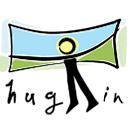
Hugin is a very comfortable tool to create beautiful panorama images e. g. on your holiday snaps. It comes with an intuitive GUI. If you prefer working on the command line, I collected the necessary commands for you:
Export Google SketchUp models to Sketch with sketch2sketch

sketch2sketch is a short Ruby script that I developed. It enables you to export Google SketchUp models to the 3D scene description language Sketch from Eugene Ressler. Sketch is a system for producing sketches of 2D or 3D objects and scenes. It produces TikZ code that can be directly used in TeX/LaTeX documents.
Reconstruct 3D Objects using Miscrosoft Photosynth
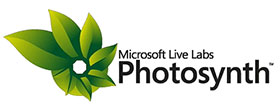
Previously I wrote about Structure from Motion using Bundler. If you have troubles with these Linux command line tools, you might want to try Microsoft Photosynth. You simply select the images on your hard drive and wait the software to align all cameras, basically the same way Bundler would.
(Ok, first you need to download a piece of software and create a Windows Live ID… But as a brave Linux user you are running such Microsoft programs in a Virtual Box. So it doesn’t do too much harm.)
What Would You Look Like in Springfield?


Ribana and I developed a combination of subspace methods and a low-dimensional linear transformation to find relations between similar manifolds from different datasets. One application was to relate real world faces with cartoon images from The Simpsons Movie Website.
Cross-compiling with Ubuntu and MinGW

MinGW is a “Minimalist GNU compiler for Windows”. I needed it for a Windows-program I am currently working on.
After struggling with setting up my familiar Vim environment in Windows running within a Virtual Box, I realized that I can use a Linux system for the development as well. And best of all, the setup is done in the blink of an eye!
Visualizing Large 3D Point Clouds using Meshlab
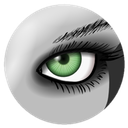
Install Meshlab using aptitude: sudo aptitude install meshlab. Run from command line using meshlab or from the Graphics section of the Ubuntu menu.
Generating Dense Point Clouds using CMVS
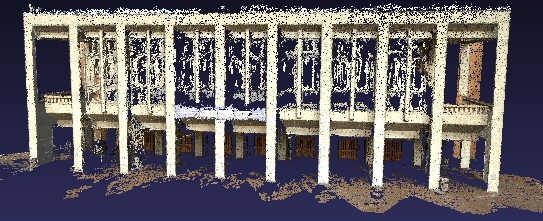
Download CMVS and extract it to a directory of your choice, e.g. /usr/local/cmvs. Then in my case I needed to create a symbolic link liblapack.so.3 to liblapack.so within /usr/lib. You can add the CMVS directory to your PATH variable for easier access: export PATH=/usr/local/cmvs/program/main:$PATH.
Structure from Motion using Bundler
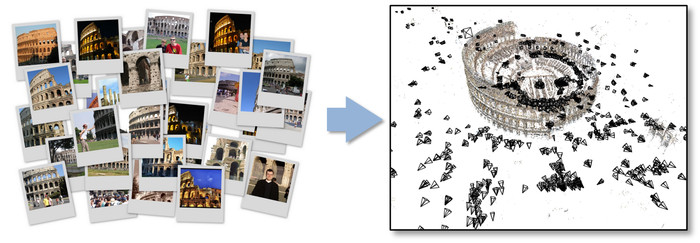
- Download Bundler and extract it into a directory (to be referred to as
BASE_PATH). - Download the SIFT Keypoint Detector and extract
sifttoBASE_PATH/bin. - Add
BASE_PATH/libtoLD_LIBRARY_PATH.
Extract Selected Video Frames using FFmpeg

FFmpeg can easily be used to extract single frames from video data, in my case to create input images from an aerial surveillance video for structure from motion reconstruction.


